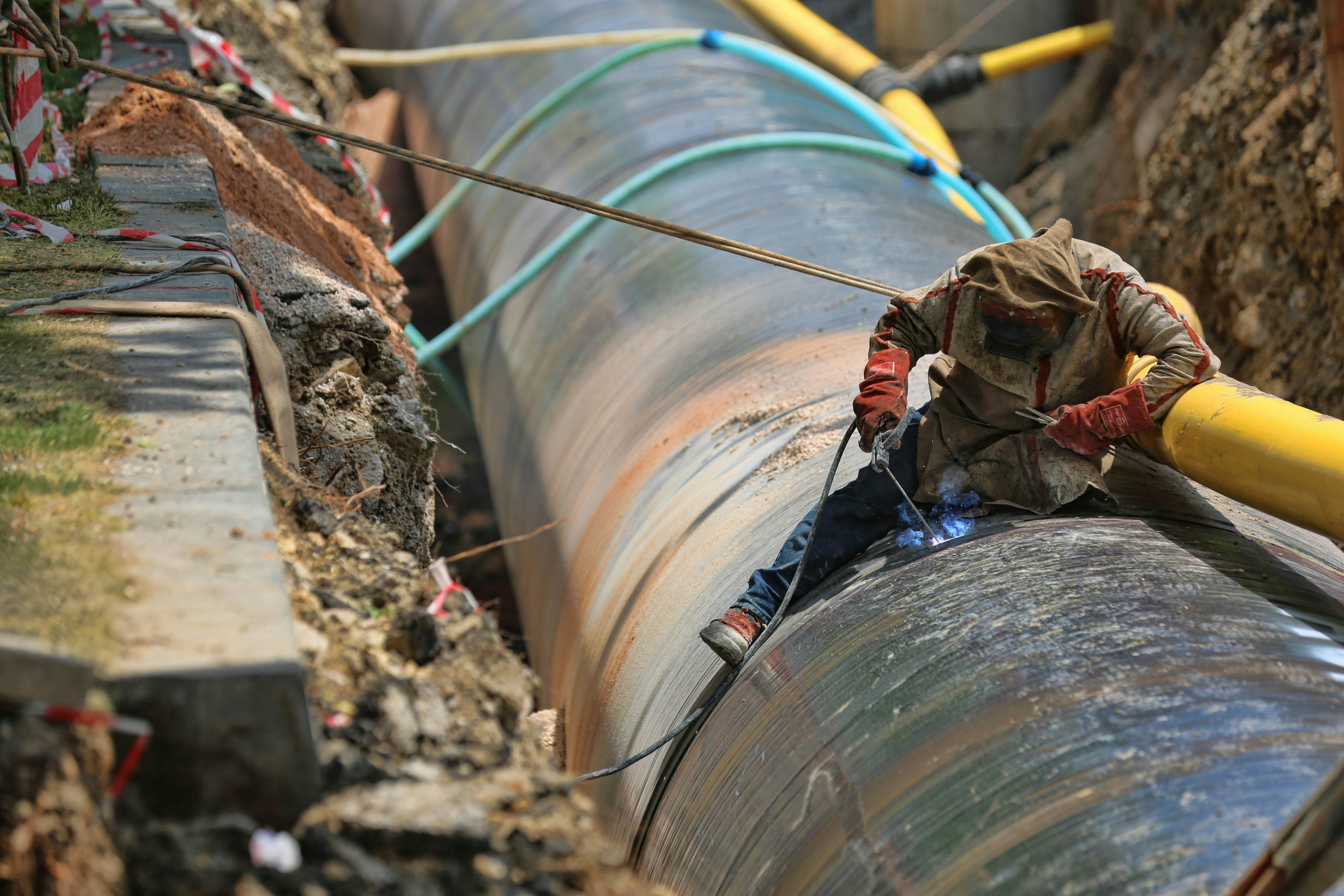Table of Contents:
- The Need for Efficient Pipeline Maintenance
- Advances in Pipeline Cleaning Technologies
- Cost-Benefit Analysis of Regular Maintenance
- Future Trends in Pipeline Maintenance
Pipeline maintenance ensures seamless operations across various industries, transporting oil, water, or gases. These conduits are the backbone of infrastructure, shaping how efficiently and safely resources are delivered. Effective maintenance techniques guarantee seamless operations, reduce environmental impact, and can result in considerable cost savings. With the integration of new technologies such as natural gas pipeline pigs, companies are witnessing transformative changes in how cleaning and inspection processes are managed.
The innovations in pipeline technologies signal a remarkable shift in maintenance practices. Businesses can significantly reduce downtime and ramp up productivity through automation and adopting sustainable initiatives. Recognizing these advancements’ benefits and operational enhancements is essential for stakeholders aiming to optimize their pipeline operations.
Key Takeaways:
- Pipeline efficiency is crucial for operational success across industries.
- Innovative technologies offer a reduction in both cleaning time and associated costs.
- Preventative maintenance practices can forestall costly downtimes and equipment failures.
- Adopting environmentally considerate practices is becoming increasingly important.
The Need for Efficient Pipeline Maintenance
The significance of routine pipeline cleaning and maintenance must be understood. Neglecting the upkeep of these systems can result in severe operational risks, ranging from leaks and blockages to complete system failures. A systematic approach to maintaining clean and reliable pipelines mitigates these risks, ensuring safety and continued productivity. Regular inspections and cleaning regimens can dramatically extend the operational life of pipelines, forestalling deterioration and malfunction.
Advances in Pipeline Cleaning Technologies
Automation has emerged as a pioneer in the rapid advancement of pipeline-cleaning technology. These technological advancements, like natural gas pipeline pigs, improve cleaning procedures’ efficiency, significantly reducing the need for manual interventions while enhancing operational accuracy and efficiency. As a result of these cutting-edge technologies, the paradigm has changed from reactive to predictive maintenance.
Utilizing Smart Pigging Techniques
One transformative technology is innovative pigging, revolutionizing pipeline inspection and cleaning. Equipped with advanced sensors, intelligent pigs can navigate through pipelines, accurately identifying faults and material deposits. This technology allows organizations to preemptively identify and address potential issues, significantly reducing the risk of pipeline failures. Leveraging smart pigging enhances operational reliability and extends the life span of critical infrastructure by maintaining optimal functionality.
Embracing Eco-Friendly Cleaning Solutions
The shift towards sustainable industrial practices has catalyzed the adoption of eco-friendly cleaning solutions in pipeline maintenance. By incorporating biodegradable cleaning agents and utilizing recyclable materials, industries are actively reducing their environmental footprint while maintaining efficiency. To match industry operations with rising environmental consciousness, these green solutions are essential for preserving natural resources and reducing the ecological effect of industrial processes.
Cost-Benefit Analysis of Regular Maintenance
The financial implications of regular versus emergency maintenance are clear and compelling. Scheduled maintenance routines help organizations avoid the steep expenses often accompanying unexpected repairs. Many companies have reported substantial savings by shifting from crisis-driven maintenance approaches to a preventive model focused on regular checks and cleanings. This shift saves long-term costs and boosts operational resilience, protecting businesses against unforeseen downtimes.
Training and Safety: Ensuring Success in Pipeline Operations
It is crucial to guarantee that staff members receive sufficient training in pipeline operations to benefit from these technical developments. Maintenance staff are more equipped to handle machinery and carry out procedures safely when they have the proper training. Training is crucial for operational efficiency, and strict adherence to safety procedures must go hand in hand with it. Employees with the appropriate training are the cornerstone of safe and efficient pipeline operations because they promote reliability, efficiency, and safety.
Future Trends in Pipeline Maintenance
As we look to the future, industry experts predict several trends shaping pipeline maintenance practices. Technological advancements in data analytics and artificial intelligence will further enhance these processes. Integrating these technologies offers predictive insights that can reduce the risk of unforeseen failures while optimizing long-term operations. Staying informed about current pipeline maintenance trends ensures stakeholders can maintain a competitive edge in a rapidly evolving sector.
Efficient pipeline maintenance is becoming an increasingly important focus, and incorporating modern practices and technologies can offer significant benefits. Companies that persistently adapt to new methods and emphasize preventive care are positioned to enhance operational efficiency and contribute positively to sustainable industry practices.











